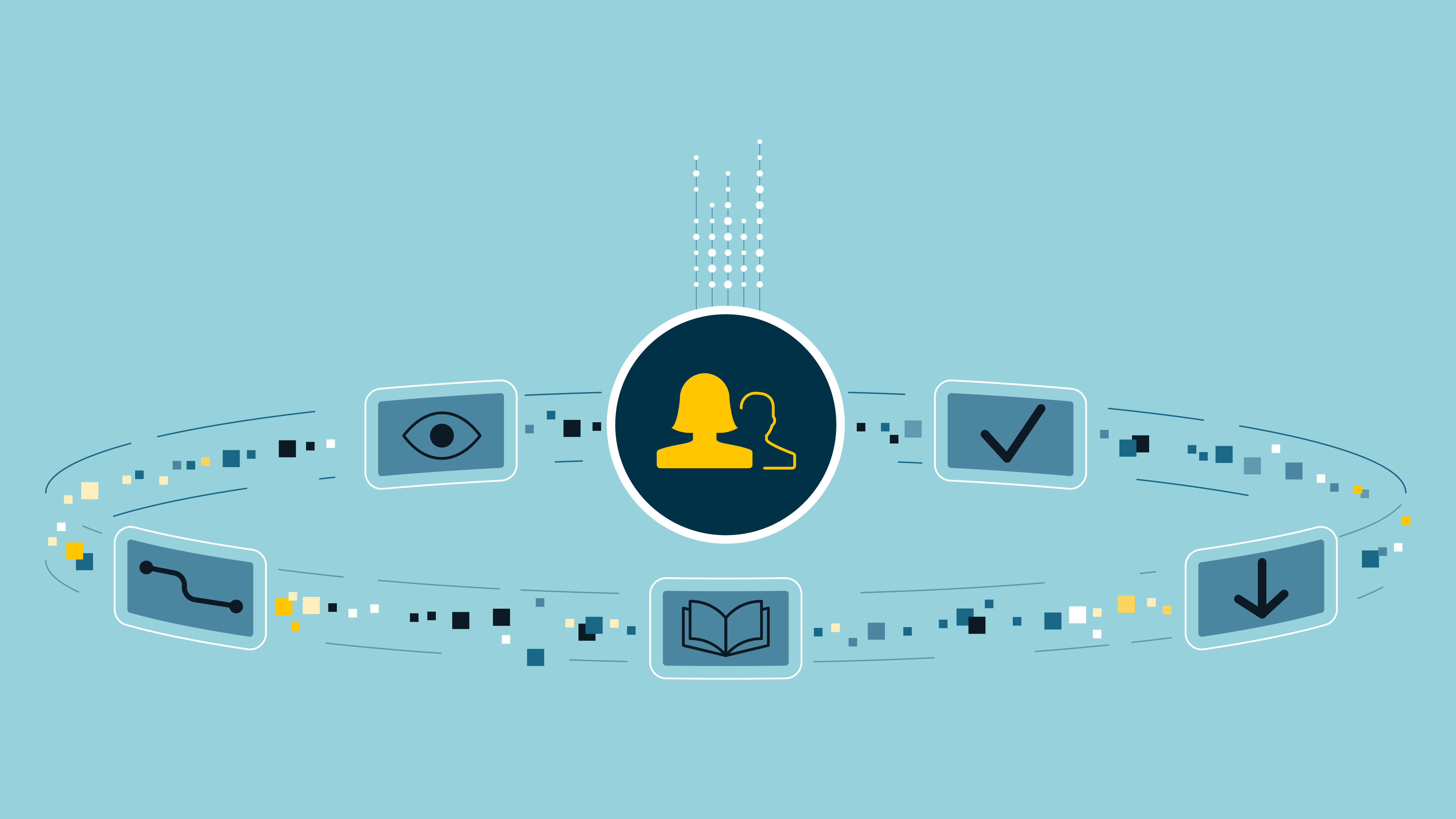This blog post is a summary of our webinar Attract, Retain, and Delight Your Customers: How to Create a Customer-Centric Company. We invite you to view the recording for expanded content, including how one company made a successful customer-centric company transformation.
Studies show an organization’s focus on customers increases referrals, retention rates, and employee engagement—and brings faster growth and greater profits. Here’s how you can move teams toward a culture change that puts customer centricity at the fore.
The Power of Customer Centricity
Why is everyone focused on customer centricity these days?
It’s simple. A focus on the customer breeds loyalty that results in increased referrals, higher retention rates, and faster growth.
Studies confirm this:
- According to Bain & Company, as little as a 5% increase in retention rate will raise profits by 25% to 95%.
- Increasing your Net Promoter Score®—a measure of how likely your customers are to promote you to friends, family, and colleagues—by 12 points can double your growth rate.
- Customer experience leaders have 30% higher employee engagement.
Customer centricity is transformative for employees, customers, and your bottom line—moreover, it’s core to any modern organization’s growth strategy.
Qualities of Customer-Centric Organizations
Customer-centric organizations go above and beyond to understand and prioritize their customers:
- They serve customer needs, not just stated wants.
- They anticipate (not react to) opportunities to better serve the customer.
- They make working with them simple and frictionless for the customer.
- They co-create solutions with customers, meaning products and services are developed, iterated, and refined rapidly with customer feedback.
- Their employees think like customers, using empathy and direct experience to “walk in the customer’s shoes.”
The Heart of Customer Centricity
Core to customer perception, your organization’s culture is at the heart of customer experience.
As anyone who’s tried to influence culture knows, it takes time and requires shifts in mindsets, behaviors, and ways of working.
Two years ago, Mathematica—a firm specializing in evidence generation, analysis and application—initiated a customer centricity transformation journey with XPLANE.
Today, Mathematica enjoys an impressive 83% NPS score across its portfolio of clients, putting them in the excellent category. For a little background on what constitutes a quality NPS, a score over 70 means your customers love you and your company is generating a lot of positive word-of-mouth from their referrals. The higher your NPS is, the more likely it is that your customer referrals will convert into new leads, hence into more revenue for your company.
How did Mathematica do it?
Five Steps Toward Customer Centricity
Mathematica adopted a five-step approach you can apply in your organization to get on the path to customer centricity.
An overview of this approach follows.
Step 1. Map the customer experience
To get started on your journey to customer centricity, you’ll need to start with a clear and consistent picture of customer experience and expectations—from the customer’s perspective. You’ll want to map the customer’s end-to-end experience, including all touch points, how those touch points feel to the customer, and gaps and opportunities within each.
Tools: In this step, we use the “staple yourself to something” exercise, journey map, and qualitative feedback.
Step 2. Envision the future
Next, you’ll want to define a clear vision of your desired future customer experience. This will be a time-bound vision (5 years or so), not a broad mission statement, that will help your entire organization see the future you’re all trying to achieve.
Tools: In this step, we employ the empathy map, vision mapping, and a vision blueprint.
Step 3. Invest in learning
Most companies are continuous learners, but you’ll want to design some targeted learning opportunities, such as customer interviews, pilot programs (potentially), and prototypes of ways you can better understand what customers really value. This step builds the feedback loop and augments the voice of the customer.
Tools: Tools we use in this step include the client dossier, blank deck / pilot plan, and prototype.
Step 4. Focus on activation
Activation is about creating a movement within your own organization. It’s about getting your entire organization to see the need for a culture shift. Through learning and communications tools, group events, and workshops, you can engage employees in the process and also engage your team with customers to start making change happen within small groups.
Tools: Team workshops, an employee activation plan, and the voice of the customer will be essential in this step.
Step 5. Embed capabilities
Lastly, and critically, you’ll need to embed capabilities to make them stick. You’ll create a measurement system, develop a governance model, and engage customers and employees in continuous improvement efforts. This is definitely not a project—it’s a lifestyle change. Your organization will need to embed it, live it, and continue to build and grow it.
Tools: A measurement system, governance model, and engagement / celebration / reinforcement are critical in this step.
Balance is Key
As you help lead your organization through a customer centricity transformation, you’ll want to balance changes across every area of your business—mindset, culture, systems, processes. You can’t change one part without impacting the others, because it’s all one thing from the client’s perspective.
That one thing—the experience of who “you” are as a company—is the sum total of every touchpoint and interaction between your organization and your customer, every day.
As such, it’s incumbent upon everyone to focus on customer centricity.
It’s the fastest path to delighting your customers and your teams as you build long-term, sustainable relationships with those you serve.
